-
 Bitcoin
Bitcoin $118400
0.47% -
 Ethereum
Ethereum $3836
2.20% -
 XRP
XRP $3.157
2.98% -
 Tether USDt
Tether USDt $0.9999
-0.03% -
 BNB
BNB $801.5
1.31% -
 Solana
Solana $180.9
2.07% -
 USDC
USDC $0.9999
-0.02% -
 Dogecoin
Dogecoin $0.2225
2.50% -
 TRON
TRON $0.3285
-1.02% -
 Cardano
Cardano $0.7789
2.60% -
 Hyperliquid
Hyperliquid $43.60
2.39% -
 Sui
Sui $3.892
4.41% -
 Stellar
Stellar $0.4229
3.34% -
 Chainlink
Chainlink $18.01
3.98% -
 Hedera
Hedera $0.2745
6.77% -
 Bitcoin Cash
Bitcoin Cash $582.3
3.38% -
 Avalanche
Avalanche $23.77
1.04% -
 Ethena USDe
Ethena USDe $1.001
0.01% -
 Toncoin
Toncoin $3.493
3.59% -
 Litecoin
Litecoin $110.0
2.48% -
 UNUS SED LEO
UNUS SED LEO $8.936
-0.37% -
 Shiba Inu
Shiba Inu $0.00001304
2.49% -
 Uniswap
Uniswap $9.999
1.09% -
 Polkadot
Polkadot $3.897
3.26% -
 Monero
Monero $308.6
-0.83% -
 Dai
Dai $0.9999
-0.01% -
 Bitget Token
Bitget Token $4.504
-0.04% -
 Pepe
Pepe $0.00001154
2.95% -
 Cronos
Cronos $0.1471
3.06% -
 Ethena
Ethena $0.6691
19.53%
What does it mean that the three lines of the KDJ indicator diverge upward synchronously when the volume breaks through?
When the KDJ’s %K, %D, and %J lines rise together from below 20 with a volume breakout, it signals strong bullish momentum and a potential trend reversal in crypto markets.
Jul 30, 2025 at 08:02 am
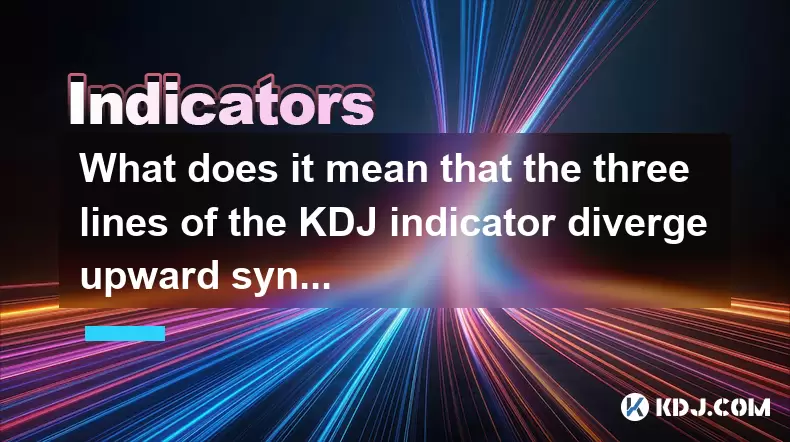
Understanding the KDJ Indicator Components
The KDJ indicator is a momentum oscillator widely used in technical analysis within the cryptocurrency trading community. It consists of three lines: the %K line, the %D line, and the %J line. The %K line represents the current closing price relative to the price range over a specific period, usually 9 periods. The %D line is a moving average of the %K line, typically calculated over 3 periods, making it smoother. The %J line is derived from the formula: J = 3 × %K – 2 × %D, which makes it more sensitive and volatile than the other two lines. These three lines work together to signal overbought or oversold conditions and potential trend reversals. When all three lines move upward simultaneously, it indicates a strengthening bullish momentum.
Meaning of Upward Synchronous Divergence in KDJ
When traders refer to the three lines of the KDJ diverging upward synchronously, they mean that the %K, %D, and %J lines are all rising together from a low level, typically from below 20 (the oversold zone). This movement suggests a coordinated shift in market sentiment from bearish to bullish. The term "divergence" here does not refer to price-indicator divergence but rather to the internal separation and upward movement among the KDJ lines themselves. The synchronous rise implies that short-term, medium-term, and accelerated momentum are all aligning in the same direction. This condition is often interpreted as a strong buy signal, especially when emerging from oversold territory, as it reflects increasing buying pressure across different timeframes.
Role of Volume Breakout in Confirming the Signal
A volume breakout occurs when the trading volume of a cryptocurrency suddenly increases beyond its recent average, often accompanying a significant price movement. When this spike in volume coincides with the KDJ lines rising together, it adds strong confirmation to the bullish signal. High volume during the upward movement of the KDJ lines indicates that the price change is supported by substantial market participation, reducing the likelihood of a false signal or a "bull trap." In the context of cryptocurrencies, where markets can be highly volatile and manipulated, volume serves as a critical validator. A breakout in volume suggests that institutional or large retail traders are entering the market, which can sustain the upward momentum.
How to Identify This Pattern on a Crypto Chart
To identify this pattern, follow these steps using a cryptocurrency trading platform such as Binance, Bybit, or TradingView:
- Open the price chart of the cryptocurrency you are analyzing (e.g., BTC/USDT).
- Apply the KDJ indicator from the indicators menu, ensuring the default settings are 9, 3, 3 (period, slowing, double smoothing).
- Observe the three lines at the bottom of the chart: %K (usually blue), %D (usually red), and %J (usually yellow or green).
- Look for a point where all three lines are below 20, indicating an oversold condition.
- Watch for a moment when all three lines begin to rise simultaneously.
- Switch to the volume panel and check if the current volume bar is significantly higher than the previous 5–10 bars.
- Confirm that the price candle corresponding to the volume spike is green (bullish) and breaks above a recent resistance level or moving average.
This combination of KDJ line behavior and volume confirmation should appear within the same candle or across two consecutive candles for the signal to be valid.
Practical Trading Implications in Crypto Markets
In fast-moving cryptocurrency markets, this signal can be particularly useful for entry timing in spot or futures trading. For example, when Bitcoin shows a synchronous KDJ upward divergence with a volume breakout after a prolonged downtrend, it may signal the start of a new bullish phase. Traders might place a buy order at the close of the breakout candle, set a stop-loss just below the recent swing low, and target the next resistance level. In altcoins, which often exhibit exaggerated price movements, this pattern can precede sharp rallies. However, it is essential to cross-verify with other indicators such as RSI or MACD to avoid whipsaws. Additionally, monitoring on-chain data like exchange inflows or whale movements can provide deeper context.
Common Misinterpretations and How to Avoid Them
One common mistake is confusing synchronous upward movement with oversold bounce. Not every rise from below 20 leads to a sustained uptrend. Traders must ensure that the volume breakout is genuine and not just a short squeeze or a pump-and-dump artifact. Another error is ignoring the timeframe—this signal on a 5-minute chart may be less reliable than on a 4-hour or daily chart. Also, in low-liquidity altcoins, volume can be easily manipulated, so always check the absolute volume value and compare it with historical averages. Lastly, avoid acting on the KDJ signal alone; combine it with support/resistance levels and trendlines for higher accuracy.
Frequently Asked Questions
What timeframes are best for observing KDJ synchronous upward divergence with volume breakout?
The 4-hour and daily charts are most reliable for this pattern in cryptocurrency trading. Shorter timeframes like 5-minute or 15-minute charts generate more false signals due to noise and volatility. Higher timeframes provide clearer trends and more meaningful volume data.
Can this signal appear during a downtrend, and is it still valid?
Yes, it can appear during a downtrend, typically as a counter-trend bounce. While it may indicate short-term bullish momentum, it doesn't guarantee a full trend reversal. Traders should assess the broader market structure and use additional tools like moving averages to determine if the signal is part of a larger reversal or just a temporary relief rally.
How do I differentiate a real volume breakout from market manipulation?
A genuine volume breakout is accompanied by sustained price movement and occurs after a period of consolidation or oversold conditions. Check if the volume is 2–3 times higher than the 10-period average. Also, verify with on-chain data or order book depth—real breakouts often show large buy walls and reduced sell pressure.
Should I use KDJ settings other than 9,3,3 for crypto trading?
The 9,3,3 settings are standard and work well for most cryptocurrencies. However, for highly volatile altcoins, some traders use 6,3,3 for faster signals or 14,3,3 for slower, more reliable ones. Adjusting settings should be done cautiously and tested in a demo environment before live trading.
Disclaimer:info@kdj.com
The information provided is not trading advice. kdj.com does not assume any responsibility for any investments made based on the information provided in this article. Cryptocurrencies are highly volatile and it is highly recommended that you invest with caution after thorough research!
If you believe that the content used on this website infringes your copyright, please contact us immediately (info@kdj.com) and we will delete it promptly.
- Ozak AI: Can This Underdog Crypto Achieve a Bull Run to $1?
- 2025-07-31 22:30:12
- Coinbase Breach: Navigating Insider Risk and Bolstering Security
- 2025-07-31 23:11:55
- Bitcoin Rebounds, WeWake Presale Gains Traction: What's the Buzz?
- 2025-07-31 22:30:12
- Bitcoin, Altcoins, and Volume Watchlists: Decoding the Crypto Landscape
- 2025-07-31 23:11:55
- Tron, Fartcoin, and BlockchainFX: What's Trending (and What's Not) in the Crypto World
- 2025-07-31 21:32:19
- Bitcoin, Corporate Investments, and Sustainability: A New Era or Fleeting Fad?
- 2025-07-31 20:50:14
Related knowledge

How can you use the MACD histogram to determine trend strength?
Jul 31,2025 at 11:10pm
Understanding the MACD Histogram and Its ComponentsThe MACD (Moving Average Convergence Divergence) histogram is a visual representation of the differ...
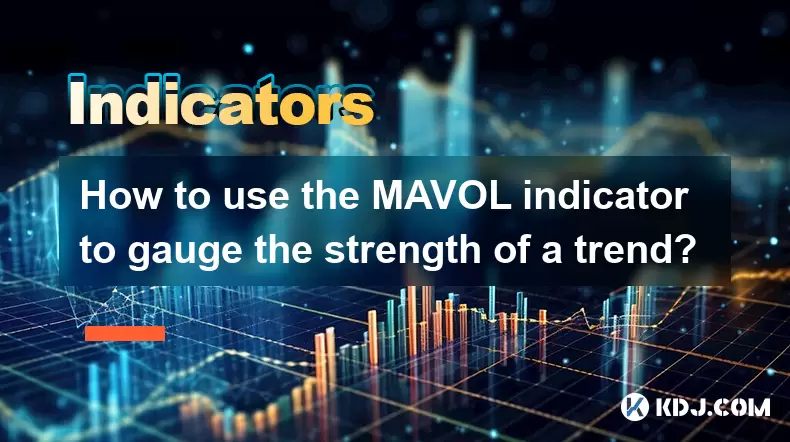
How to use the MAVOL indicator to gauge the strength of a trend?
Jul 31,2025 at 09:57pm
Understanding the MAVOL Indicator in Cryptocurrency TradingThe MAVOL indicator, short for Moving Average of Volume, is a technical analysis tool widel...
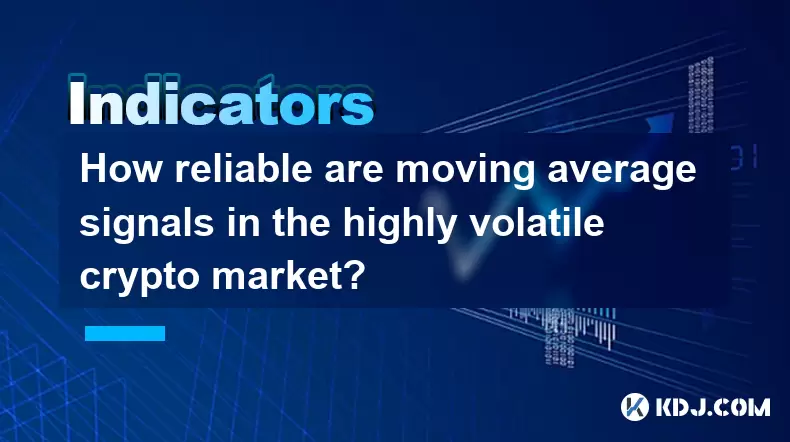
How reliable are moving average signals in the highly volatile crypto market?
Jul 31,2025 at 08:36pm
Understanding Moving Averages in Cryptocurrency TradingMoving averages (MAs) are among the most widely used technical indicators in the cryptocurrency...
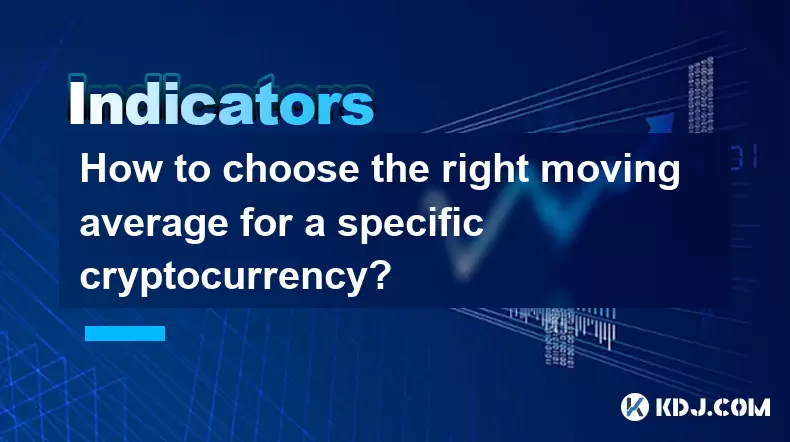
How to choose the right moving average for a specific cryptocurrency?
Jul 31,2025 at 10:29pm
Understanding the Role of Moving Averages in Cryptocurrency TradingMoving averages are foundational tools in technical analysis, widely used by crypto...
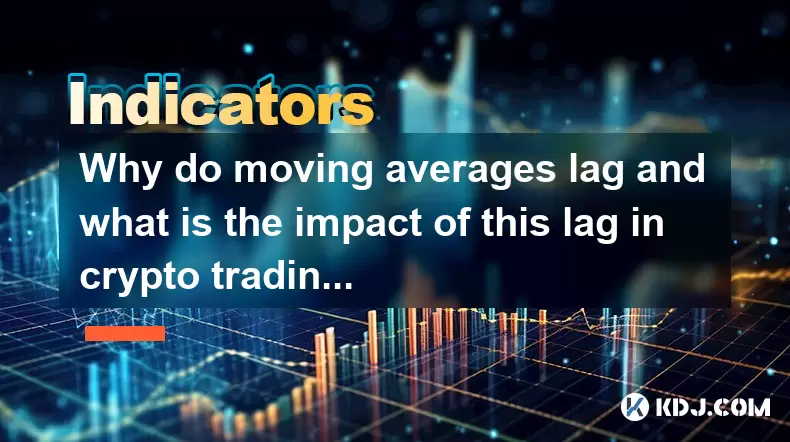
Why do moving averages lag and what is the impact of this lag in crypto trading?
Jul 31,2025 at 08:07pm
Understanding the Concept of Moving Averages in Crypto TradingMoving averages are among the most widely used technical indicators in cryptocurrency tr...
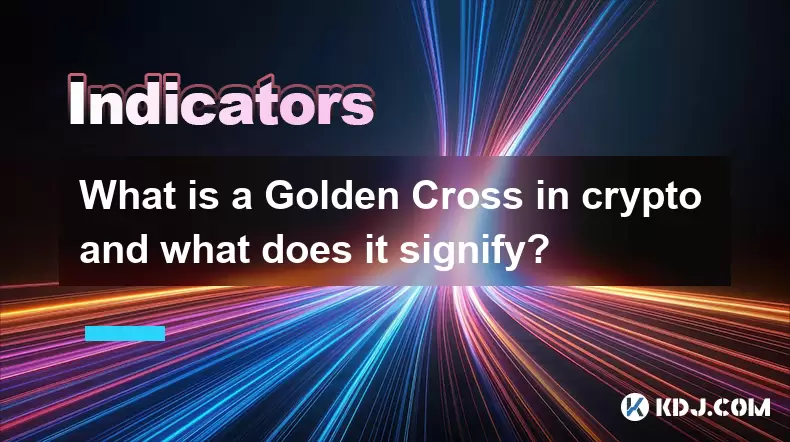
What is a Golden Cross in crypto and what does it signify?
Jul 31,2025 at 10:36pm
Understanding the Golden Cross in Cryptocurrency MarketsThe Golden Cross is a technical analysis pattern widely observed in cryptocurrency trading. It...

How can you use the MACD histogram to determine trend strength?
Jul 31,2025 at 11:10pm
Understanding the MACD Histogram and Its ComponentsThe MACD (Moving Average Convergence Divergence) histogram is a visual representation of the differ...

How to use the MAVOL indicator to gauge the strength of a trend?
Jul 31,2025 at 09:57pm
Understanding the MAVOL Indicator in Cryptocurrency TradingThe MAVOL indicator, short for Moving Average of Volume, is a technical analysis tool widel...

How reliable are moving average signals in the highly volatile crypto market?
Jul 31,2025 at 08:36pm
Understanding Moving Averages in Cryptocurrency TradingMoving averages (MAs) are among the most widely used technical indicators in the cryptocurrency...

How to choose the right moving average for a specific cryptocurrency?
Jul 31,2025 at 10:29pm
Understanding the Role of Moving Averages in Cryptocurrency TradingMoving averages are foundational tools in technical analysis, widely used by crypto...

Why do moving averages lag and what is the impact of this lag in crypto trading?
Jul 31,2025 at 08:07pm
Understanding the Concept of Moving Averages in Crypto TradingMoving averages are among the most widely used technical indicators in cryptocurrency tr...

What is a Golden Cross in crypto and what does it signify?
Jul 31,2025 at 10:36pm
Understanding the Golden Cross in Cryptocurrency MarketsThe Golden Cross is a technical analysis pattern widely observed in cryptocurrency trading. It...
See all articles

























































































